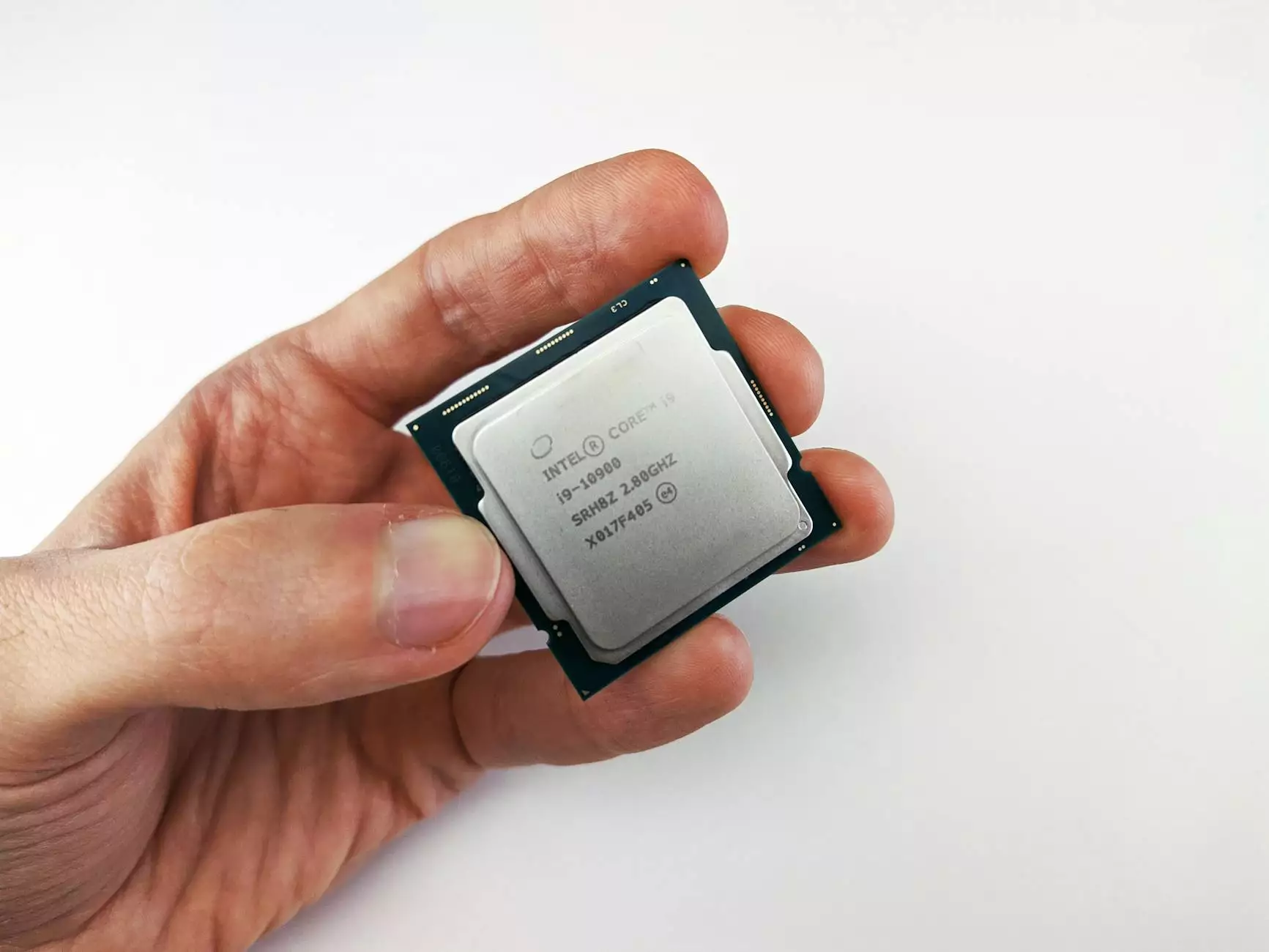Understanding RFID Range Frequency: A Comprehensive Guide

In today's fast-paced world, the importance of RFID (Radio Frequency Identification) technology cannot be overstated. One of the pivotal aspects of RFID technology is its range frequency, which determines how effectively items can be tracked and managed across various sectors. This article delves deep into the intricacies of RFID range frequency, its operational mechanisms, applications, and the future it holds for businesses.
What is RFID Technology?
RFID technology employs electromagnetic fields to automatically identify and track tags attached to objects. The tags consist of electronically stored information that can be read by RFID readers. These systems are prevalent in supply chain management, inventory control, asset tracking, and more. Understanding the various components of RFID is crucial for comprehending how range frequency plays a vital role.
The Components of RFID Systems
- RFID Tags: These come in two types—active and passive. Active tags have their own power supply and are capable of broadcasting signals over long distances. Passive tags, on the other hand, do not have an internal power source and rely on the RFID reader to activate them.
- RFID Readers: These devices emit radio waves and receive signals from RFID tags. The reader captures data from the tags within its operational range.
- Antenna: The antenna is crucial as it defines the RFID system's communication range and frequency capability.
Understanding RFID Range Frequency
The term RFID range frequency refers to the range of distances over which RFID tags can be read by readers, which can vary based on several factors, including
- The type of RFID technology used (Low Frequency, High Frequency, Ultra High Frequency)
- The power output of the RFID reader
- The environment in which the system operates
- The type of tag being used
Each RFID frequency range operates within a specific set of parameters, yielding varying read ranges, data storage capacities, and speeds.
Types of RFID Frequency Ranges
RFID technologies are classified into three primary frequency categories:
1. Low Frequency (LF) RFID
Operating between 125-134 kHz, LF RFID has a short range, typically up to 10 cm. This frequency range is often utilized in animal tracking, access control systems, and in environments with high interference.
2. High Frequency (HF) RFID
HF RFID operates at 13.56 MHz and offers a read range of up to 100 cm. It is commonly used for applications like NFC (Near Field Communication), library book tracking, and payment systems.
3. Ultra High Frequency (UHF) RFID
UHF RFID operates between 860 MHz and 960 MHz, offering longer read ranges of up to 12 meters or more under optimal conditions. This frequency is ideal for logistics, inventory management, and supply chain applications.
Factors Influencing RFID Range Frequency
Understanding the factors that influence RFID range frequency can help businesses optimize their operations and ensure efficient asset management.
- Environmental Conditions: Physical barriers such as walls and metals can severely impact the effectiveness of RFID technologies. UHF frequencies, in particular, are sensitive to interference from water or metallic surfaces.
- Reader Power: The power output of the RFID reader directly affects the range at which it can communicate with RFID tags. Increasing the power output can extend the range but must comply with regulatory standards.
- Tag Design: The design and orientation of RFID tags also play a significant role. Antennas and materials used in tag construction can affect signal strength and reading capabilities.
Advantages of RFID Technology
Implementing RFID technology can significantly enhance business operations. Here are some of its key advantages:
- Real-Time Tracking: RFID provides businesses with real-time data regarding inventory levels, asset locations, and supply chain processes.
- Improved Accuracy: The automated nature of RFID reduces human error in data entry, leading to more accurate inventory counts and asset tracking.
- Increased Efficiency: Automated tracking allows for streamlined operations, resulting in time and cost savings.
- Enhanced Security: RFID systems can incorporate encryption and authentication measures to improve security for sensitive data.
Applications of RFID Technology in Various Industries
RFID technology has found applications in numerous fields, providing businesses with transformative benefits:
1. Retail
In retail, RFID is revolutionizing inventory management. By using RFID tags, retailers can achieve accurate on-hand inventory counts, which help them reduce shrink and improve the customer experience.
2. Healthcare
Healthcare providers use RFID for asset management, patient tracking, and medication management, leading to improved patient outcomes and operational efficiency.
3. Logistics and Supply Chain Management
RFID offers visibility throughout the supply chain. By tagging products and assets, companies can track shipments in real-time, mitigate losses, and improve delivery times.
4. Manufacturing
RFID technology streamlines manufacturing processes by enabling easy tracking of components and finished goods, enhancing overall production efficiency.
The Future of RFID Technology
The future of RFID technology looks promising, with continuous advancements on the horizon. As businesses seek greater efficiency and automation, RFID range frequency will expand and evolve.
Trends Influencing RFID Development
- Integration with IoT: The integration of RFID technology with the Internet of Things (IoT) is set to provide even more granular tracking and data analysis capabilities.
- Enhanced Data Analytics: As RFID data becomes more accessible, companies will leverage analytics to drive decision-making and optimize operations.
- Cost Reduction: As RFID components become more affordable, small and medium-sized enterprises will increasingly adopt RFID technology.
Conclusion
In conclusion, the significance of RFID range frequency in modern business cannot be overstated. As organizations adapt to the demands of the digital age, utilizing RFID technology offers numerous advantages that can enhance efficiency, accuracy, and security. By understanding the intricacies of RFID systems and their applications across various industries, businesses can harness this technology to gain a competitive edge.
For more information about RFID solutions, visit rfidtj.com today!









